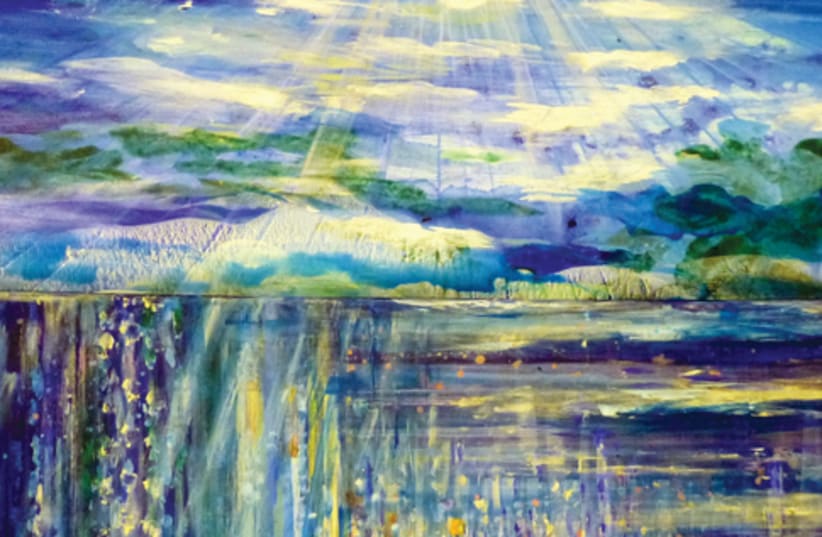Parshat Pekudei: Through the cloud to redemption
‘The cloud covered the Tent of Meeting, and the glory of God filled the Tabernacle… When the cloud was raised up from the Tabernacle, the Children of Israel would embark on all their journeys… For the cloud of God was on the Tabernacle by days and fire would be on it by night, before the eyes of all of the children of Israel throughout their journeys’ (Exodus 40: 34-38)
